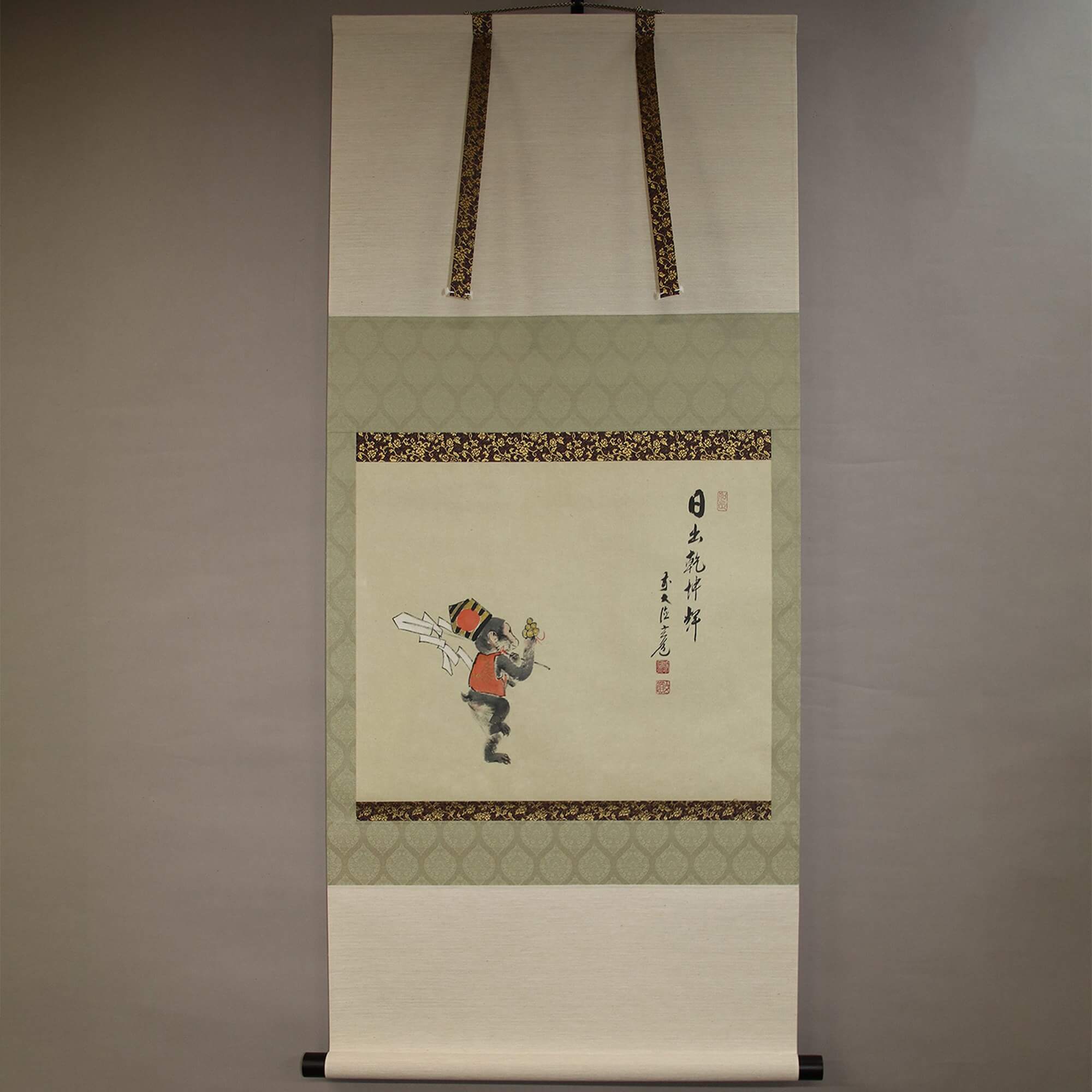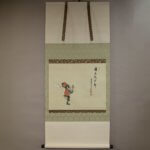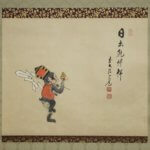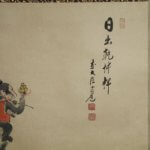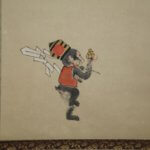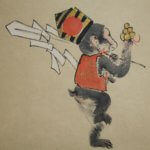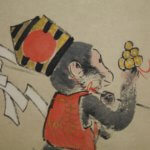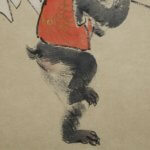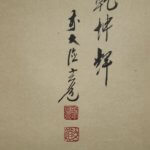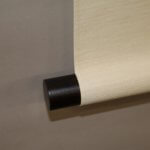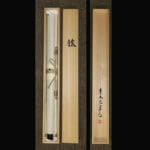Products Lineup
News / Blog
Other Menus
Kakejiku Hanging Scroll: Calligraphy: Monkey | The Sun Rises and Gleams in the Heavens and Earth / Suga Gendō - Saru / Hi Idete Kenkon Kagayaku
- Product ID
- 0288
- Name
- Tsuji Jōkan
- Profile
Suga Gendō (須賀玄道, 1919-?) was a zen priest of the Daitoku-ji school of the Rinzai sect. The chief priest of the Zuisen-ji temple. Born in Ōita pref.
- Size
- 600mm x 1220mm
- Roller End Material
Red sandalwood- Material of the Work
- Japanese paper
- Price
- JPY 70,000
- Stock Condition
- In stock
- Payment: Click the Paypal Mark
- Duty and Taxes
Import duty and taxes are beyond our control and may apply to your shipment. Please noted that these fees are the responsibility of the buyer.
- Description
In 1919, Suga Gendō was born in Ōita Prefecture. He conducts the ascetic training under the guidance of the chief abbot of Hōkō-ji Temple school of the Rinzai sect, Ashikaga Shizan, and the chief abbot of Kennin-ji Temple school of the Rinzai sect, Takeda Eisen. In 1947, Suga Gendō was appointed to the chief priest of the Zuisen-ji Temple of the Daitoku-ji school, the Rinzai sect. Later, he was appointed as the propagator of the Daitoku-ji school and engaged in missionary work for more than 30 years. He was also known as a master of calligraphy and created many works. The date of his death remains unknown.
This work was created in a year of the Japanese zodiac, monkey. “The Sun Rises and Gleams in the Heavens and Earth” written by Suga Gendō is an auspicious Zen terminology of the new year that means “New Year’s sunrise gleams in the heavens and earth, and sweeps away the darkness of the old year”. Next to his calligraphy, a Japanese painter, Miyake Wakō, added a picture of a monkey with the outfit of a monkey show, a famous street performance of the new year, which creates a lively atmosphere. Gendō’s calligraphy and Wakō’s picture together make an excellent piece worthy of celebrating the New Year with hope.

